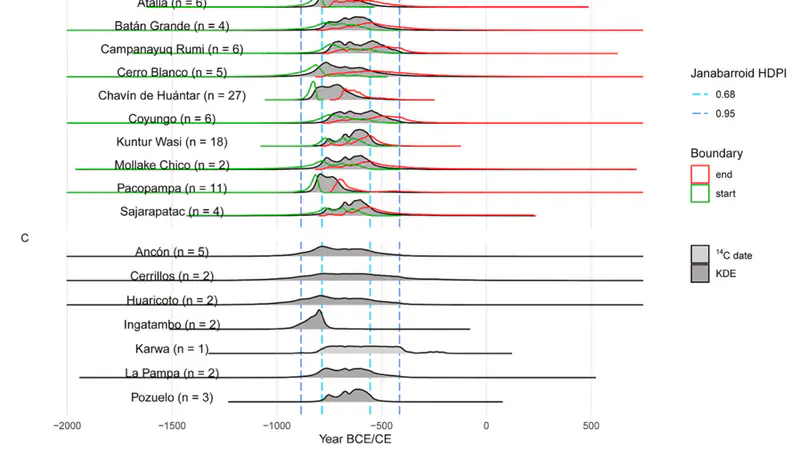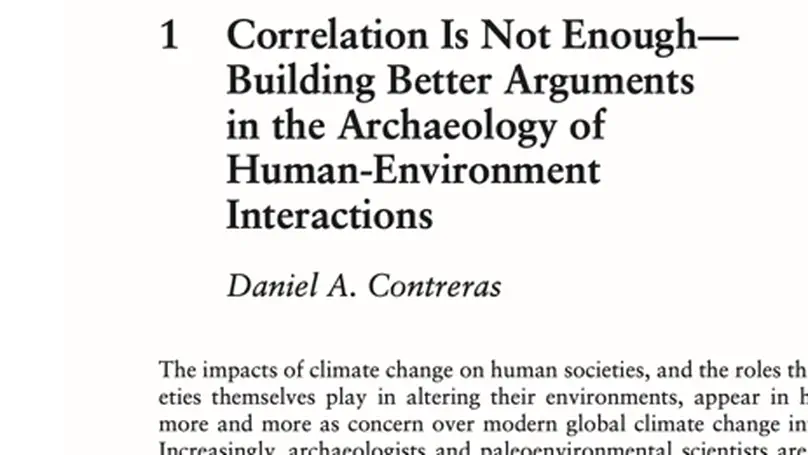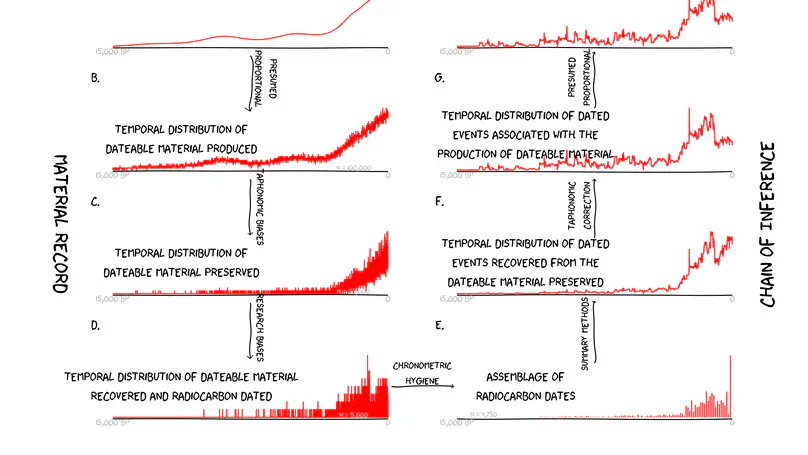Publications

Ritual is broadly accepted as an important locus of social interaction in the pre-Hispanic Central Andes, and research into the development of durable sociopolitical inequality in the region often focuses on the social and political roles of public rituals. At the Middle-Late Formative Period (ca. 1200–400 BCE) monumental center of Chavín de Huántar, as well as at contemporary sites, ritual has long been hypothesized to include the use of psychoactive plants. However, neither psychoactive plant remains nor chemical traces of psychoactive compounds in likely ritual contexts have been identified at any of these sites. Recently excavated deposits sealed in an underground gallery at Chavń contained twenty-three artifacts of forms (especially bone tubes) associated with consumption of psychoactive plants elsewhere in the region. We here report, based on independent microbotanical and chemical analyses, two kinds of direct evidence for use of psychoactive plants in institutionalized ritual at Chav’.́ These results are direct evidence of psychoactive plants in archaeological bone tubes used as inhalers and the northernmost direct evidence of vilca and Nicotiana use in the pre-Hispanic Andes.

Using the Central Andean Chavín Phenomenon as a case study, this paper explores the middle ground between top-down (big data) and bottom-up (Bayesian modeling) approaches to archaeological radiocarbon data. Compiling radiocarbon dates associated with the Chavín Phenomenon addresses questions of chronology, demonstrating that the relevant phases at interacting sites are relatively brief and broadly contemporary. In addition, the definition of a discrete span of time associated with the Chavín ́Phenomenon makes it possible to explore the context for that period of heightened interaction. Juxtaposing that timespan with a compilation of Central Andean radiocarbon dates identifies contemporary non-participatory sites, enabling characterization of the sociopolitical milieu within which the Chavín Phenomenon emerged, flourished, and faded. The identification of that corpus of sites also highlights the importance of a shift in focus from identification of interaction to characterization of interaction. Bottom-up approaches to radiocarbon chronology will be a key element of that effort, while high-level summary of radiocarbon assemblages can identify where additional dating and Bayesian modeling can have the greatest interpretive impact.

The impacts of climate change on human societies, and the roles those societies themselves play in altering their environments, appear in headlines more and more as concern over modern global climate change intensifies. Increasingly, archaeologists and paleoenvironmental scientists are looking to evidence from the human past to shed light on the processes which link environmental and cultural change. As they do so, they are emphasizing the complexity of the dynamics underlying both human responses to environmental changes and anthropogenic impacts on environments. Although archaeology has a long history of interest in human impacts on environments and environmental influences on human activities, construction of detailed arguments about causality in such interactions remains a persistent challenge. Limitations in chronological resolution of archaeological data and paleoenvironmental archives pose a methodological problem, while equifinality remains an interpretative challenge. Establishing clear contemporaneity and correlation, and then moving beyond correlation to causation, remains as much a theoretical task as a methodological one.
